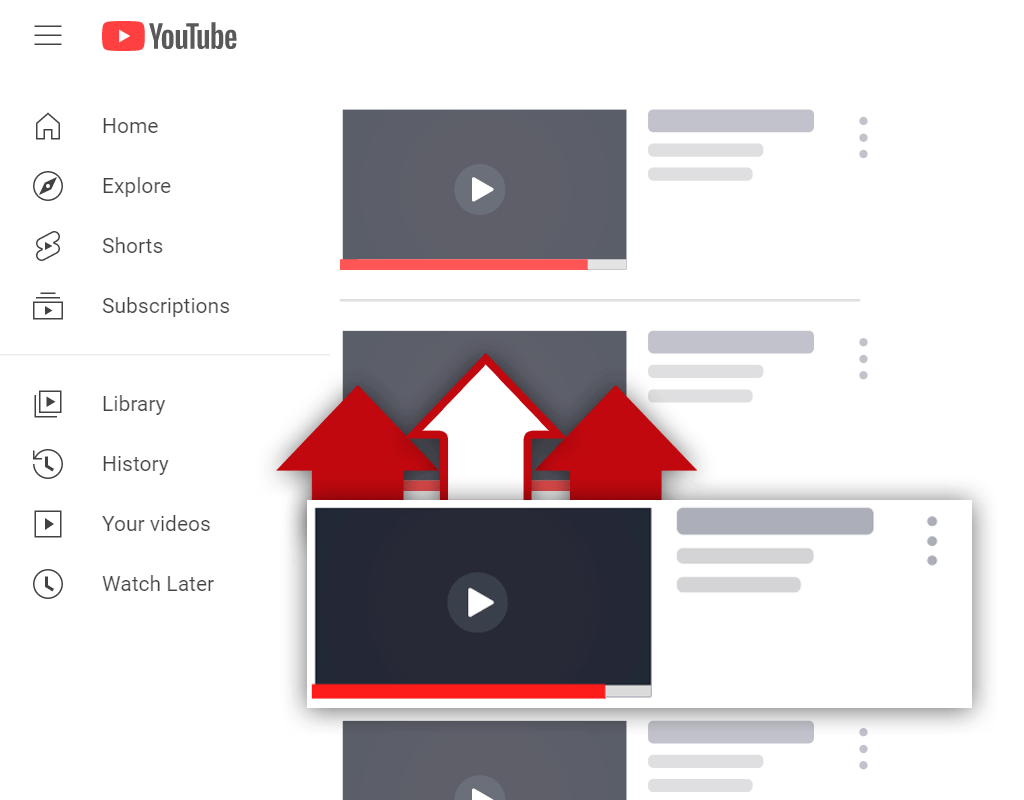Ultimate Guide to Video Syndication – Platforms, Services, and Processes
Jul 6, 2021
Content creators spend hours crafting the perfect scripts, backgrounds, lighting, topics, length, and post times for their YouTube videos. Even with great content that is optimized for search, videos can still be buried under the 300 hours of video that are uploaded to YouTube every minute. Video syndication offers one way to get your video content in front of more viewers.
What is Video Syndication?
Video syndication means publishing your content to high-authority, third-party sites that get you more views.
This term is taken from the newspaper world, where columns, comics, and other print content could be picked up by larger newspapers to reach national audiences.

Though the way we consume content has changed drastically, some of the same distribution methods have been adapted for online channels.
How can Video Syndication Help Me Get More Views?
Since YouTube is so popular anyway, do you really need video syndication to reach your audience?
It’s true, YouTube is the second most popular social media platform on the web, with 79% of online users saying they have an account.
There are, however, trillions of hours of video on YouTube. A YouTube category like Automotive averages 5,676 views per video – that seems pretty high at first glance. But, videos like the Volvo series featuring Jean-Claude Van Damme have generated over 100 million views!
These super-viral videos are dragging the average upward. The vast majority of videos are still getting far fewer views, making it difficult to compete with already-popular videos.
Since YouTube and Google’s algorithms privilege videos that already have a high number of views, this becomes a rich-get-richer paradox when it comes to view numbers.
Video syndication is one way to break the low-view, low-ranking trap.
The Best Video Syndication Channels
Video syndication services are a form of video promotion. If a high-authority channel or website publishes your videos, they are more likely to be seen by more people. Similarly, some video syndication platforms allow subscribers to share one another’s content, building on each other’s audiences to drive new views.
Social Networks
Some consider the social channels – Facebook, Instagram, and Twitter -- as video syndication sites. Paid advertising on these sites does help increase your viewership. Since the publisher of this content is still you and your channel, however, this is an example of paid advertising, not video syndication.
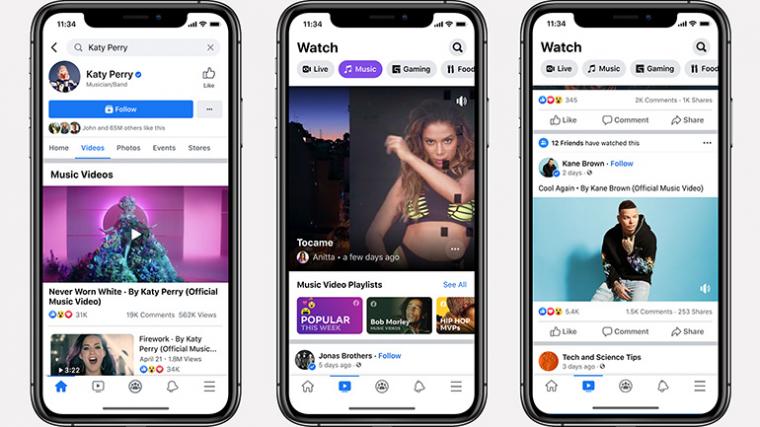
Video syndication typically relies upon a paid service that publishes or republishes your content for you under its company name. Many video syndication sites multitask, offering social media scheduling and reposting in addition to other traffic-generating features.
We’ve rounded up the best video syndication sites to help you get your videos in front of the world.
Brightcove
Brightcove functions as both a content management system (CMS) and a video syndication platform. YouTube creators can upload their content using Brightcove's OTT (Over The Top) interface, which is called Beacon.
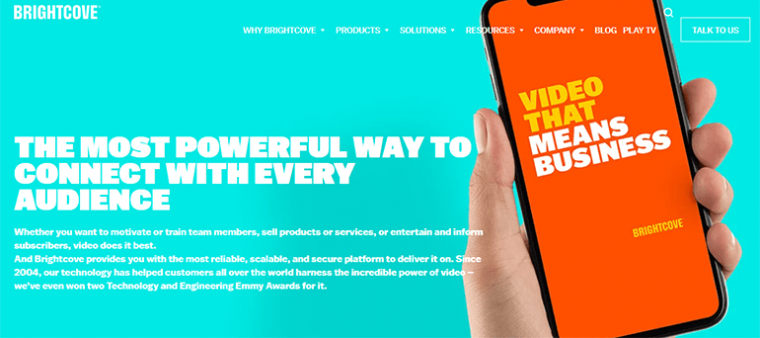
Then, Brightcove generates a unique ID and tags for the video and shares it to YouTube at an optimized time.
This can attach higher priority to your videos since they are published under the Brightcove umbrella. It also handles some of the organizational aspects of running a YouTube channel, since you can search and view your library of YouTube videos at any time.
This video syndication site currently has the most YouTube-specific offerings. While other syndication sites are capable of handling video, it is often in the form of native ads more than direct views on YouTube.
Scoop.It
A combination content management system and video syndication platform, Scoop.It can help YouTubers and other content creators effectively schedule their social media posts. This lets them optimize for the best release time for each channel and saves time through batch scheduling.
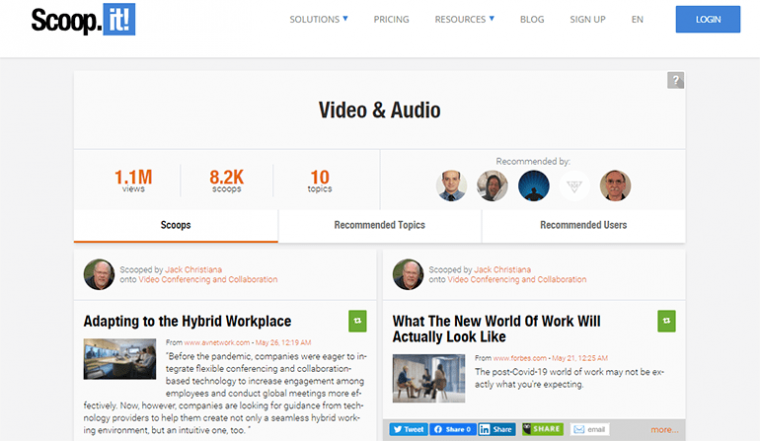
Additionally, Scoop.It allows subscribers to customize a profile with topics relevant to their audience. This gives the brand suggests for interesting content to share to its own social feeds to boost its publishing frequency.
As a subscriber to Scoop.It, the brand’s content then gets suggested for inclusion on other subscriber’s feeds and shared through their posts. This is how it functions as a video syndication software; only instead of content being shared by one large publishers, subscribers are sharing each other’s work so the result appears more organic.
This is ultimately designed to drive new views and visitors to a brand’s content.
Outbrain
Specializing in native ads, Outbrain is an advertising distribution service that embeds videos (and other media) within high-profile websites, including the Wall Street Journal and Time, and other global sites.
As a promotional tool, it is best for brands that are looking to promote their products through high-quality native advertising.

This can be useful if your YouTube channel is a way to promote an existing business or brand. Since the viewers click directly on the ad embedded in their page, it works best with short, attention-grabbing video.
Zergnet
Rather than simply republishing your content under another site’s header, Zergnet bases its video sharing around a widget. Zergnet subscribers place the widget on their own sites and share fellow subscribers’ content, and in turn, have their content shared on other sites. This ultimately drives traffic, resulting in new viewers who may not have discovered your content otherwise.

The customization options on Zergnet prevent the service from appearing too spammy compared to some other video syndication sites. Subscribers can choose which kinds of videos to include on their sites and prioritize content that is most relevant to their audience.
Zergnet can be a good option for content creators who are building their brand and have their own website to host the widget.
Taboola
A paid advertising service that can embed videos around the web, Taboola requires a high number of monthly views for applicants. Taboola specializes in running video sponsored content campaigns, which most viewers experience as a looping video at the bottom of a web page or other attention-getting spots.
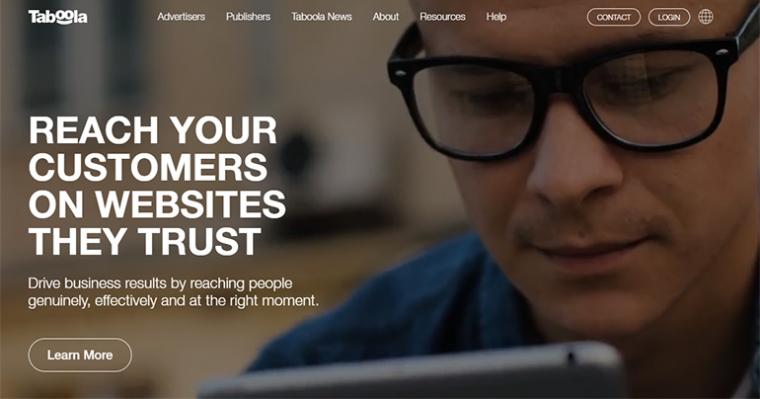
These default to running with no sound, so it’s a good idea to share videos that make sense without the sound on and are relatively short.
Like Outbrain, Taboola is designed for ad content more than informative videos and is best for a channel that is promoting an existing brand with goods or services for sale.
SyndicationApp
A relative newcomer to the industry, SyndicationApp. Designed specifically to help build backlinks, SyndicationApp offers a sharing network of private blogs (called a PBN) that lets subscribers automatically share their content to sites within the network.

This makes the process of generating shares simple, because the subscriber-only has to upload the content once and it is shared broadly across the PBN, exposing more viewers to the content.
While it heavily promotes its services to bloggers, SyndicationApp also offers the ability to embed videos directly on websites, meaning it is a good tool for YouTubers seeking a broader audience as well. It could be a good option for those promoting both a blog and a YouTube channel.
Start Your Video Syndication Process
Many YouTubers focus exclusively on YouTube. They upload their videos, add a few tags, and hope that their content gets organically shared to social sites around the web.
Video syndication can offer a kick start to this process by posting your video to multiple sites across the web. Of course, an individual content creator or brand only has access to their own social sites, not to other places around the web.
So a manual video syndication process would look like this:
- Film and edit video
- Upload to YouTube
- Customize tags and meta description for YouTube
- Upload video to Facebook, customize tags
- Repeat for Twitter, Instagram, LinkedIn, etc.
Clearly, the manual option is incredibly time-consuming, and you would spend most of your time uploading content and optimizing it for each social channel you posted to. It would probably not expand your reach into new audiences either, because the same people tend to subscribe to a brand’s social channels.
Although each video syndication service functions a bit differently, there is generally a content manager that streamlines the automated video syndication process and looks something like this:
- Film and edit video
- Upload the video to the CMS in whatever format you prefer (most can handle .mp4, .avi, .mpeg, .mov, wmv., etc.)
- Create a title and tags for your video – these will be integrated across platforms
- Write a description and meta description, and be sure to include backlinks to your original content or website
- Select which channels and websites you want your content to be shared to (these options will vary depending upon your chosen video syndication software)
Because there is only one uploading process, a video syndication service saves you time. Higher-profile video syndication platforms have publishing privileges on a greater number of high-traffic sites, giving you access to audiences that you would not have just publishing independently.
SEO and Video Syndication: What You Need to Know
Concerns are sometimes raised about video syndication and duplicate content. We know that Google penalizes websites that offer a poor user experience by publishing multiple pages of near-identical content.
Websites and brands do this to increase the chances of their content reaching first-page SERPs, but its considered manipulative content by Google.
Since video syndication is essentially a republication of the same content, will it get penalized by Google?
The short answer is no.
Syndication is essentially a way to fast-forward the organic sharing process of a single piece of content, be that a blog post or YouTube video. It is not duplication of the material itself.
Furthermore, Google clarifies that there are many cased where very similar content can be published in separate pages, like a printer-friendly version of a webpage. Proper canonicalization handles issues like that and will not affect your search rankings.
Google only penalizes content that is intentionally manipulative. Therefore, video syndication will not hurt your video's SEO.
In fact, by using a video syndication tool like the ones we listed above and building in the proper backlinks, it can actually help.
Good Rule of Thumb on Video Syndication
Ultimately, video syndication is one tool that can help online content – including YouTube videos – streamline the sharing process and reach more viewers.
In an increasingly competitive digital landscape, a good rule of thumb is to prioritize tools that specialize in your reaching your target audience, be that lawyers, bakers, pet owners, or pro golfers.
The right video syndication software can help you manage your content and help your videos climb the rankings more quickly.

